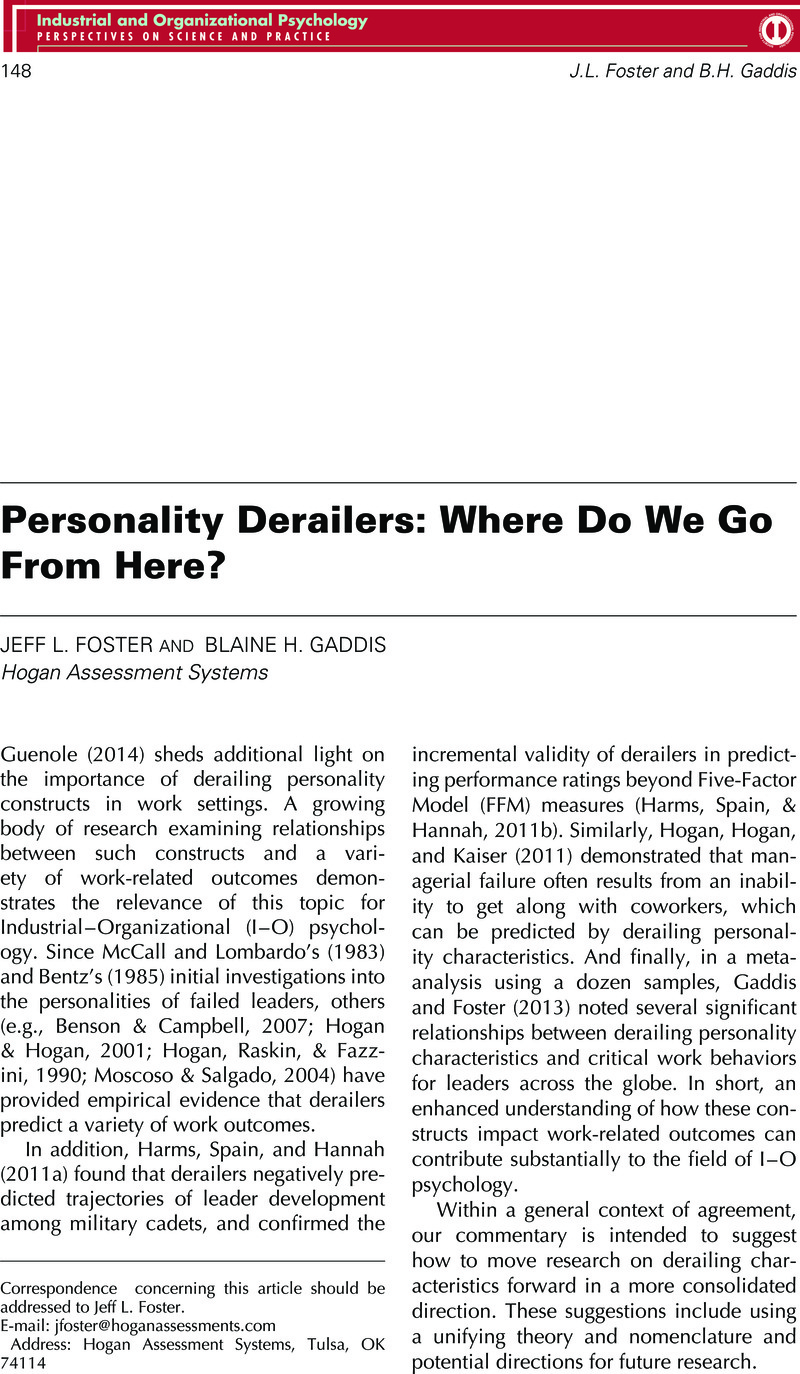Crossref Citations
This article has been cited by the following publications. This list is generated based on data provided by Crossref.
Gøtzsche‐Astrup, Oluf
Jakobsen, Joan
and
Furnham, Adrian
2016.
The higher you climb: Dark side personality and job level.
Scandinavian Journal of Psychology,
Vol. 57,
Issue. 6,
p.
535.
Kraus, Sascha
Berchtold, Jennifer
Palmer, Carolin
and
Filser, Matthias
2018.
Entrepreneurial Orientation: The Dark Triad of Executive Personality.
Journal of Promotion Management,
Vol. 24,
Issue. 5,
p.
715.
Nei, Kimberly S.
Foster, Jeff L.
Ness, Alisha M.
and
Nei, Darin S.
2018.
Rule breakers and attention seekers: Personality predictors of integrity and accountability in leaders.
International Journal of Selection and Assessment,
Vol. 26,
Issue. 1,
p.
17.
Watts, Logan L.
Medeiros, Kelsey E.
McIntosh, Tristan J.
and
Mulhearn, Tyler J.
2020.
Decision biases in the context of ethics: Initial scale development and validation.
Personality and Individual Differences,
Vol. 153,
Issue. ,
p.
109609.



